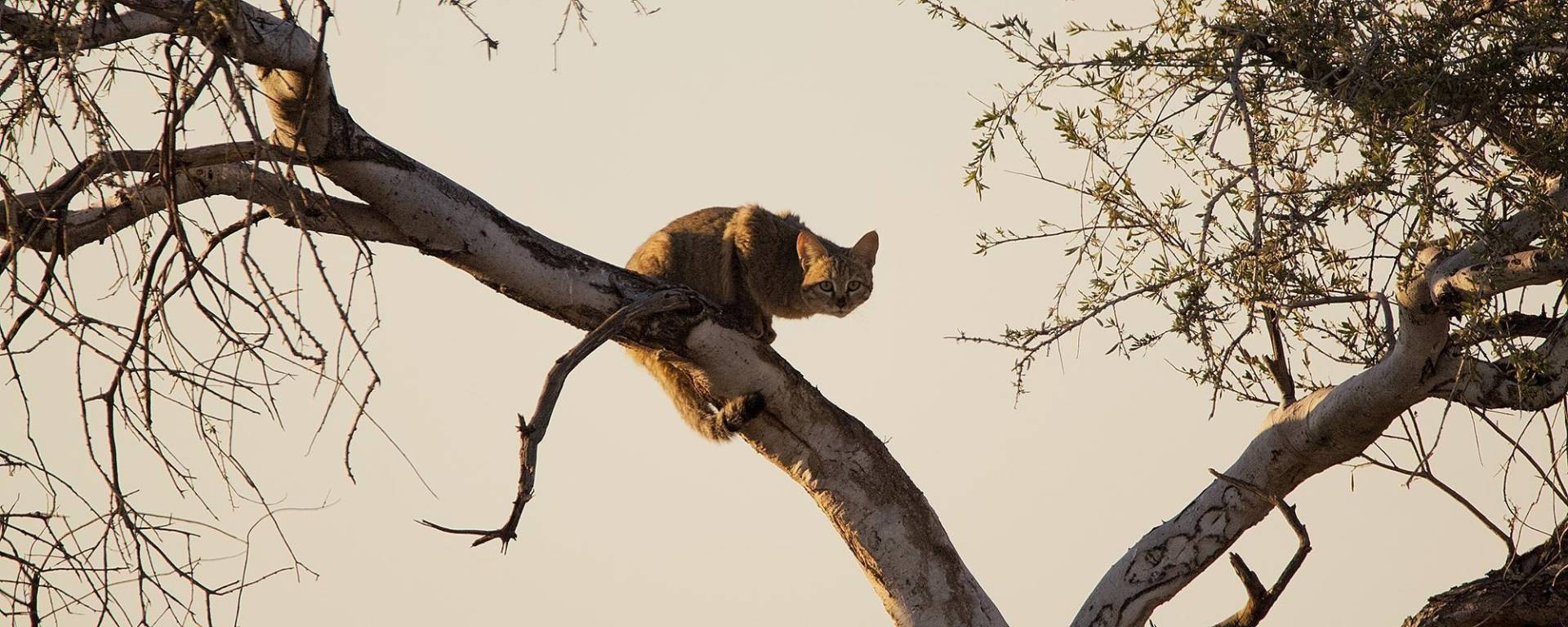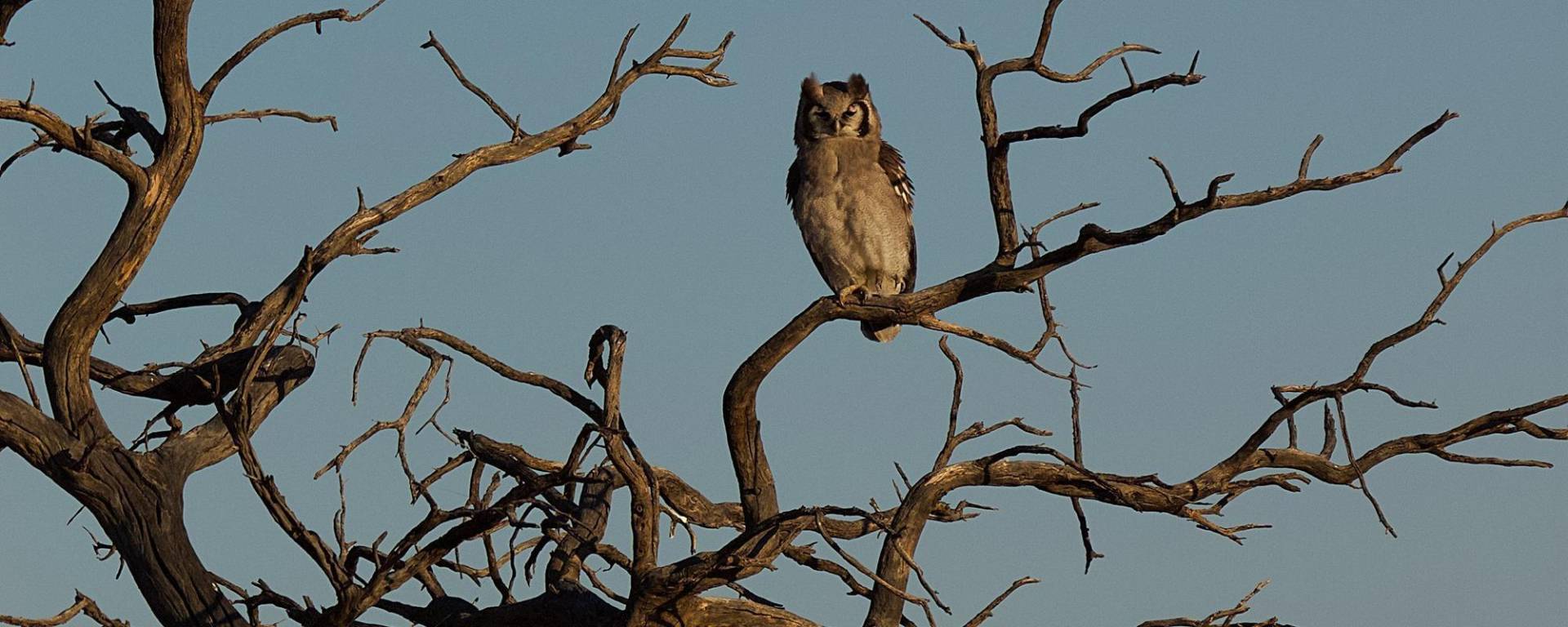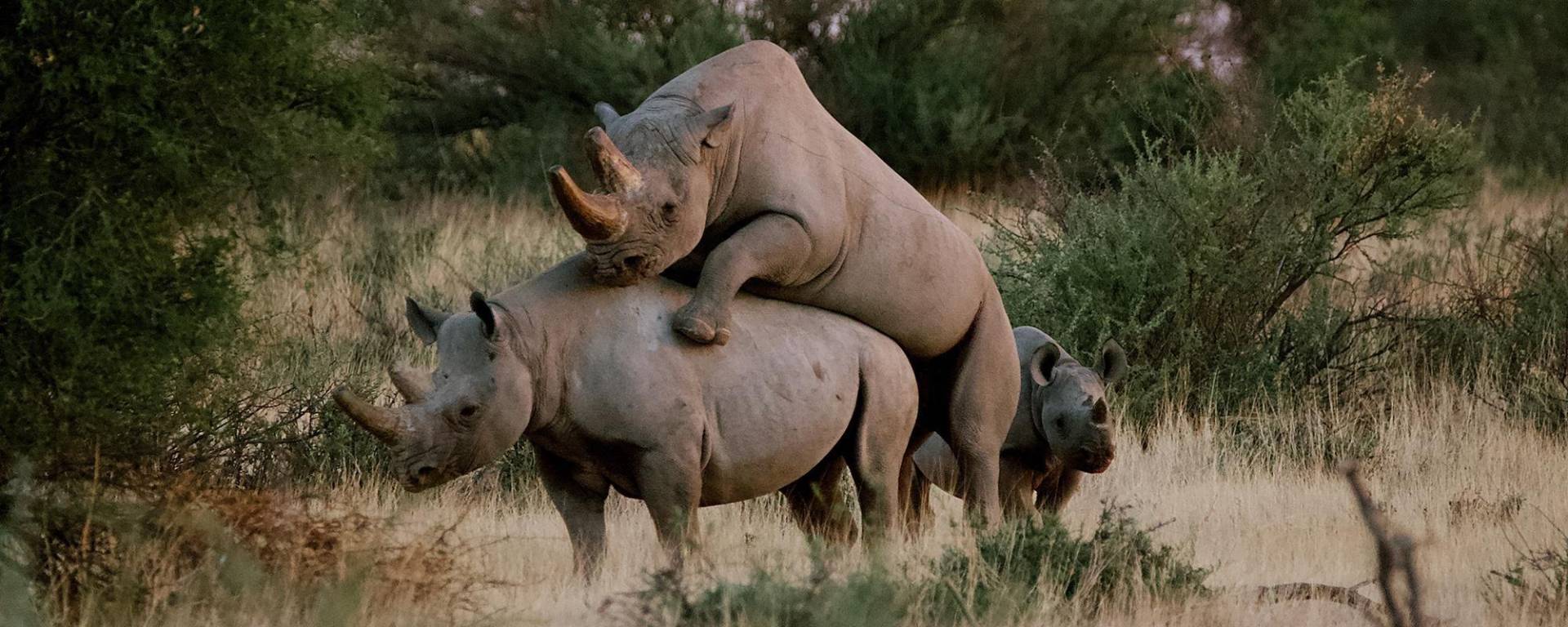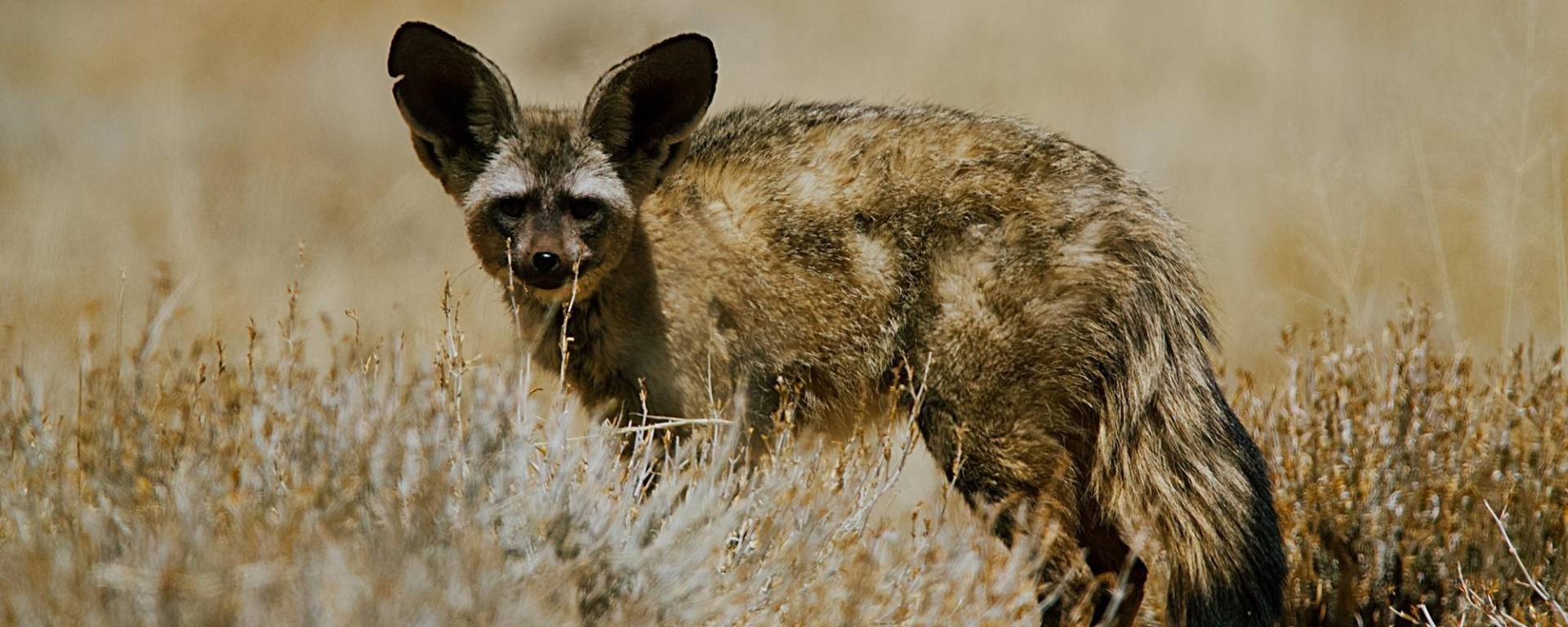🦏 Wenn wir Nashörner verfolgen, nähern wir uns ihnen nie „mit“ dem Wind ...
Nashörner haben einen außergewöhnlichen Geruchs- und Gehörsinn, sodass sie uns leicht erkennen können, wenn wir uns im Wind befinden.
Da wir sie nicht stören möchten, verwenden wir einen einfachen Test, um die Windrichtung zu bestimmen: "Wirf einfach eine Handvoll Sand in die Luft und beobachte, in welche Richtung er weht"💨🍃
************************************
🦏 When tracking rhinos, we never approach them "with" the wind ...
Rhinos have an exceptional sense of smell and hearing, making it easy for them to detect us if we're upwind. Since we don't want to disturb them we use a simple test to determine the wind direction:
"Just toss a handful of sand into the air and observe which way it drifts" 💨🍃










